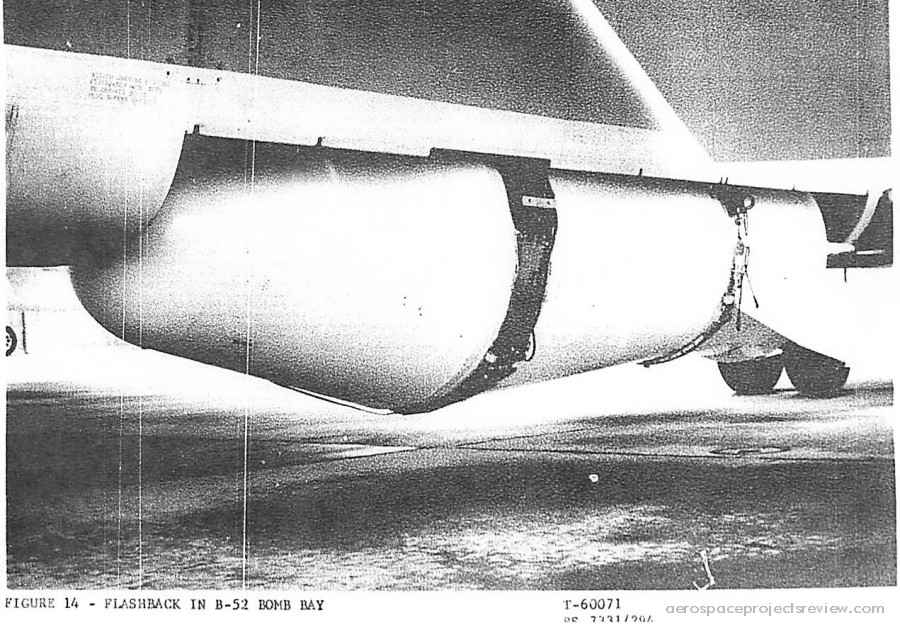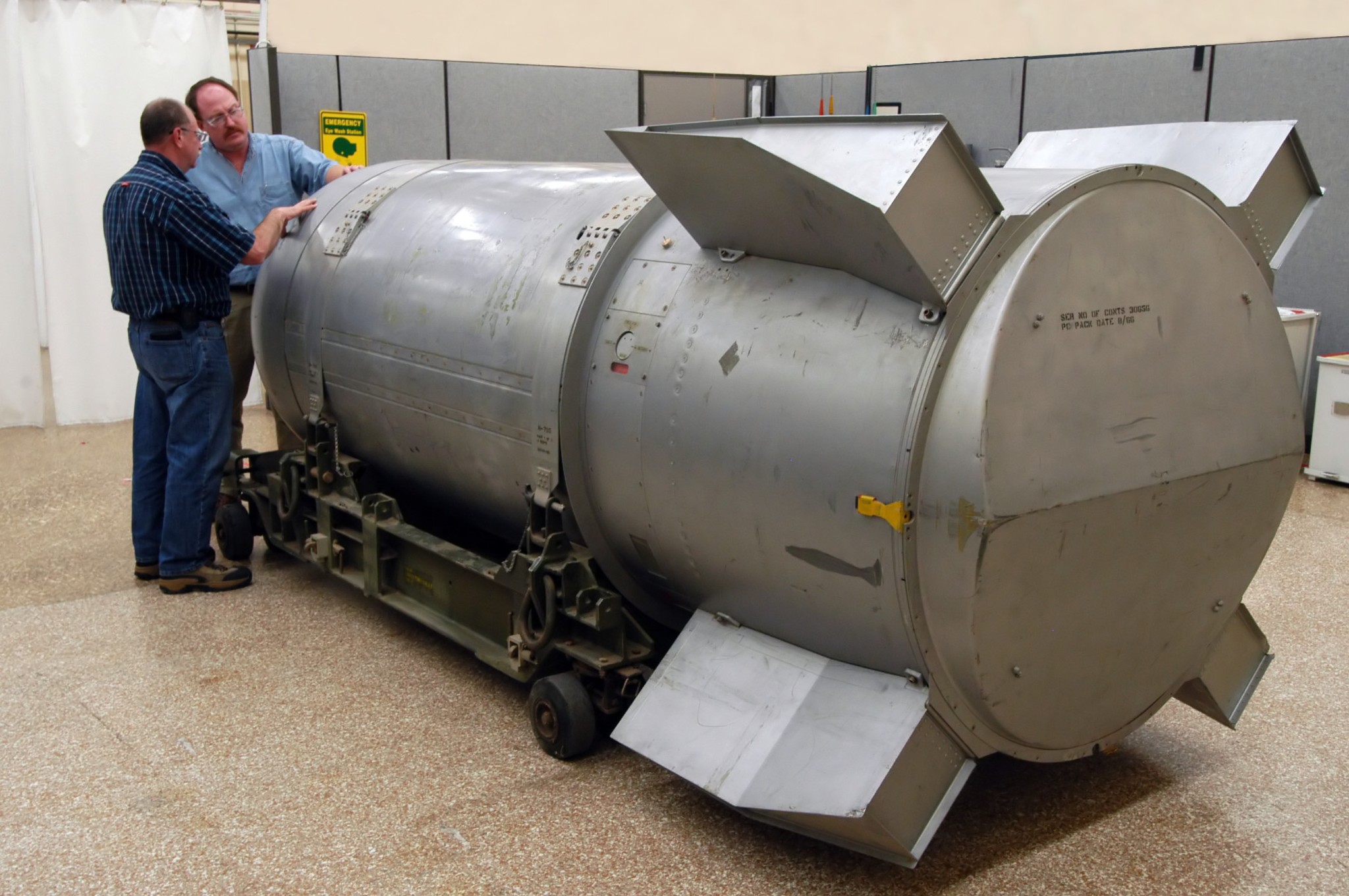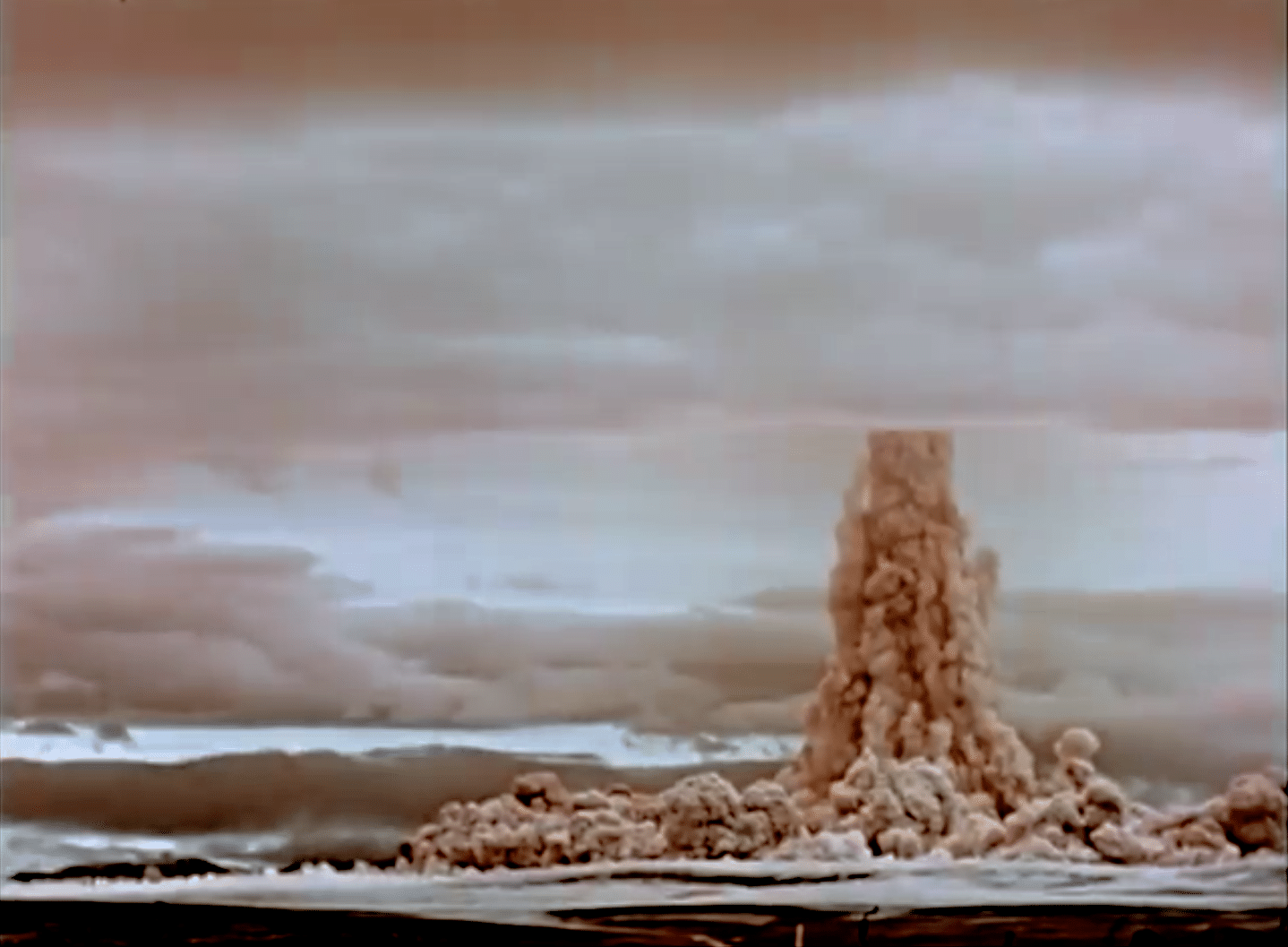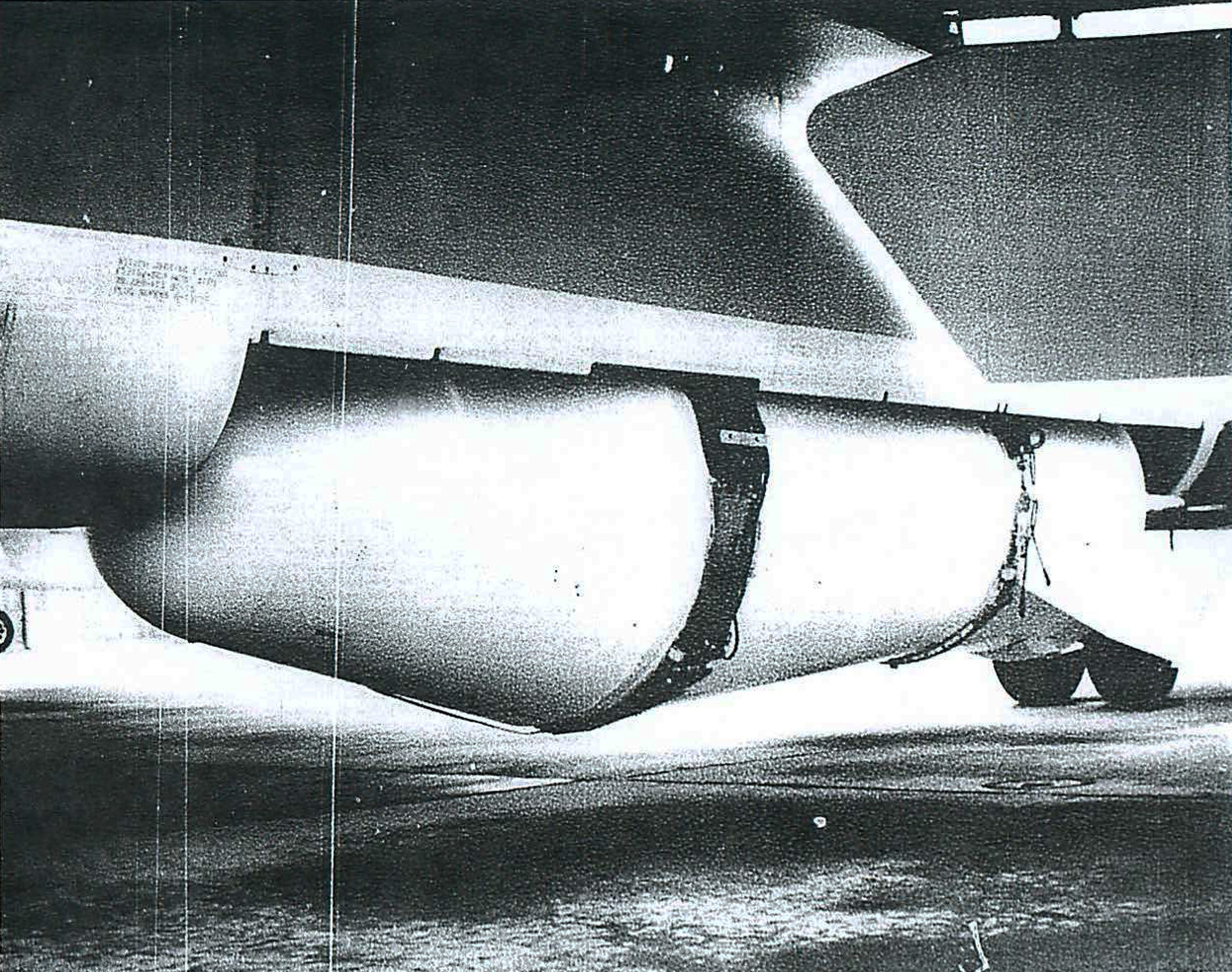Weird pick-up from Reference 38 in Wellerstein's article:
For your information, specific systems for which possible future requiremens were considered are:
a. High yield FUFO bomb for the B-52 aircraft,
b. High yield warhead for TITAN II (without re-entry), and
c. High yield warheads and bombs for TITAN III, Saturn and the C-133B
High-yield bomb on the B-52? Sure. Makes sense.
Titan II? Why not. No re-entry is weird, maybe intended as a dedicated HEMP system to blind Soviet defences or some such thing. Or maybe the RV would be developed separately.
Titan III and Saturn? Well, that's stretching it (especially a Saturn-based ICBM in 1962) but not beyond the realms of sanity.
But the C-133B as a nuclear delivery system? Really? It's a freaking turboprop-powered, straight-winged airlifter! I get that they were looking at inherently bulky weapons, but still - at that point you may as well stick a stamp on the thing and let the Post Office deliver it.
Looking at the weapons, the proposed 'first generation' high-yield weapons were to be extrapolations of existing weapon design practices, hence why they could be deployed quickly (1-3 years) at low risk. Best guess is that the 'clean' version of the LASL one would come in at around 30 megatons. Test shots were proposed, with the 'clean' version of the full-yield weapon to be tested apparently somehow different from either the 'clean' deployable weapon or its' respective test version.
The 'second-generation' ones seem to be along the lines of the RIPPLE devices, and would therefore require further development, with at least two atmospheric tests for each weapon. At least four years would be needed to develop these. This generation seems to correspond to the oft-quoted 35 megaton Titan II warhead, which would need to achieve 12 kilotons/kilogram.
Applying that yield/weight ratio to the two 'second-generation' weights (18,000lb and 2,000lb) cited gives 100 megatons and 10 megatons. The former has consistently been a target for a high-yield weapon, and the latter yield is pretty consistent for a 'mass market' thermonuclear weapon. Given that a diameter for the larger one is cited as 'in excess of 80 inches', and not fitting into a B-52 weapons bay... yeah, that sounds like FLASHBACK.





